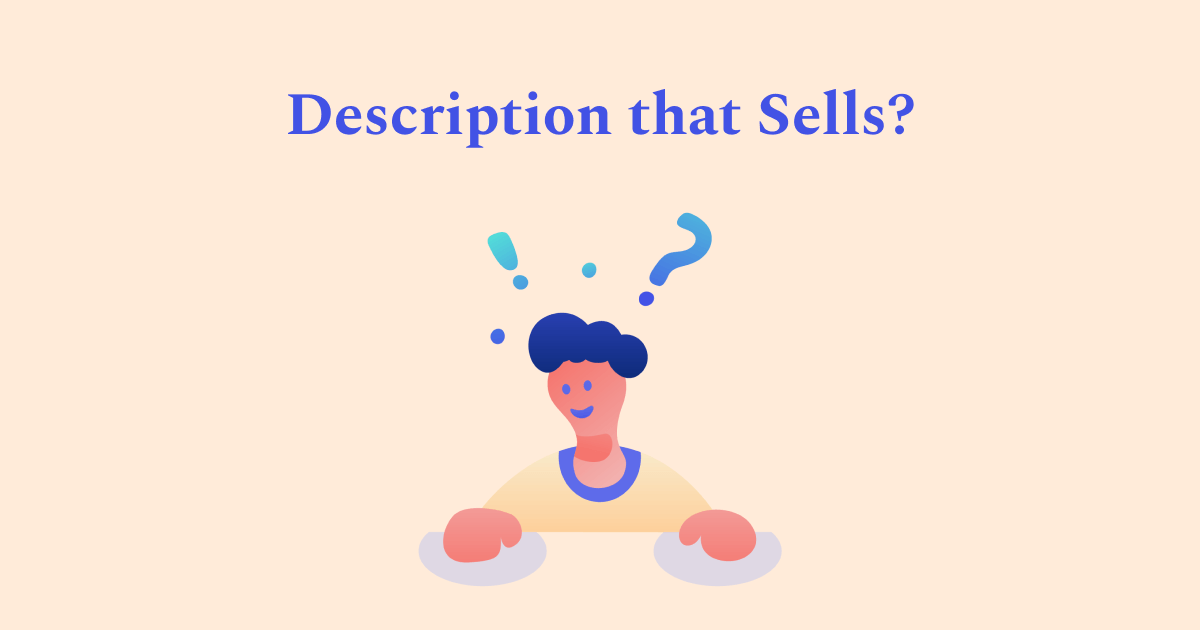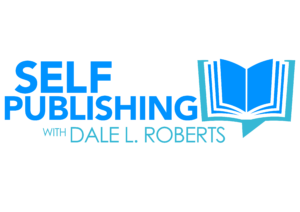How to Write a Book Description that Sells

Any quick online search will give you slews of experts sharing how to write a book description that sells. However, most people fail to address the primary element to creating ad copy that attracts your reader to even buy your book. Just because you wrote enticing ad copy doesn’t mean people will see it. That’s why you’re going to need to have a basic understanding of search engine optimization and how it can make or break the long-term success of your books.
But, before we jump into how to optimize your publication for better discoverability, you need to have a basic understanding of the key elements to an enticing book description. Similar to having an unsearchable book description with the perfect ad copy, a poorly crafted yet discoverable book description won’t do you any favors.

Crash Course in Writing a Book Description
Though verbiage changes from one source to another, the message is fairly universal. An enticing book description includes six key elements.
#1 – The Hook
This opening line needs to grab the browsing customer’s attention and is the most valuable real estate on your product page.
A simple sentence works perfectly for your hook. Make every word count!
#2 – The Value Stack
Give your browsing customer what-if scenarios that their pain points and the relief your book provides. Use intro words such as “what if” or “Imagine.” For bonus points, try firing off each one as a question.
You’ll want this section about two to four sentences long.
#3 – The Authority
Though not as critical for all publications, the authority section is where you humble brag. Briefly mention the most noteworthy accolades associated with you.
A little goes a long way, so don’t overdo it. Go for about one to two sentences. Remember, highlight the most important aspects and not every aspect of your background. Be truthful and never lie about or fluff up your credentials.
#4 – The Curiosity
Identify what people can expect in your book. Rather than rattling off what people can otherwise find in your table of contents, create statements that make people go, “Hmmm.” When your customer goes from staring at ad copy to dreaming about the possibilities, you’re closer to victory.
I typically try to keep my points limited to my best stuff, so this is the greatest chunk of my book description at about six to twelve lines.
Make sure you aren’t assaulting the customer with a wall of text. Break up long paragraphs and if you have to, abbreviate points even though you thinkthey serve your book descriptions greater good. Less is more.
#5 – The Reminder
Simply restate what the opening headline but change up the words. Like the headline, keep this line short and sweet.
#6 – The Call-to-Action
Remind and guide the customer to buy the book, that easy! You can say something like, “Pick up your copy today by clicking the BUY NOW button at the top of this page!”
Keep your call-to-action in one line. Oftentimes, the browsing customer needs a gentle nudge or reminder to actually buy the book. Otherwise, how will he ever begin to enjoy the perks that come from reading your book?
Make Your Book More Discoverable with Keywords
Before you start grinding out your next book description, you’re going to need to identify your audience, their needs, where they congregate, and how they’re searching for a solution to their problems.
When You Try to Please Everyone, You Will Please No One
Shortly after releasing my first book, I met up with my good friend and experienced Internet marketer, Mark Stafford. Beaming with pride, I handed him my book and awaited his verdict on whether the book was a stud or a dud.
Mark surprised me with these strange questions, “Who is your customer avatar? In other words, who do you want to read this book?”
I felt my book was for everyone. Sadly, Mark shared how that wasn’t going to work. When you try to please everyone, you please no one in the process. For instance, you won’t want to produce the same content for a senior citizen as you would a college student. And, trying to convince someone looking to lose weight how they should bulk up might be a huge misstep.
Narrow down your audience, so you can increase relevancy and discoverability for the people who want and crave your content.
The more specific you can be in your book description, the better. If you have a general idea of your audience, then we can tweak our book description according to their specific problem.
Where & How Your Audience Buys Books
Now you know who your audience is, find out where they’re shopping online. Based on the site they choose, the browsing experience is largely influenced by a search engine and its algorithm. Websites track a customer’s history of browsing and purchasing, then serve what they feel is the best fit for their needs on future visits.
When a customer types a word or string of words, also known as a keyword, the website takes note of this search. If enough customers request this keyword, most search engines take note and deliver autosuggestions to other visitors. This intuitive autosuggestion is equipped on sites like Amazon, Barnes & Noble, and Audible and among others, so customers have an easier shopping experience.
We’re going to use that data to our advantage, but in an inconspicuous manner so we aren’t tainting our results based on our personal search or buying history. Follow these simple instructions:
- Open your preferred browser in the incognito mode to receive neutral keyword suggestions
- Go to the online retailer’s site
- Start to type in a word related to your book’s niche
- Do NOT press enter, just let the autosuggestion populate a variety of keywords
- Jot down all keywords relevant to your publication
- When you run dry on ideas, finish typing a keyword, then type the letter “A”
- More suggestions should pop up, if not, type the next letter in the alphabet
- Progress through the entire alphabet
- ONLY keep relevant keywords that serve as great descriptors for your book
How to Write a Discoverable Book Description that Sells
Once you have about 6-12 relevant keywords, you’re ready to begin the process of writing your book description. Now, this isn’t going to be easy and will require a few rewrites. But, once you’ve done this process a few times, you’ll get the hang of organically weaving searchable keywords your audience can identify out the gate.
If you say precisely what your audience is searching, then you greatly increase your odds of your book not only being found but being bought as well. Occasionally, you’ll need to go back and reassess your book description to see if the keywords are still relevant. The value of keywords fluctuates from one day to the next, so change out keywords every year or so based on your audience’s search patterns.
Final Tool & Resources Before You Go
You’ll know you have a hit on your hands when you see sales increase and a ton of eager readers consuming your content. But, I know this blog post isn’t completely exhaustive and I may have glossed over a few finer points. Should you have any questions or need clarification, visit me at my YouTube channel, Self-Publishing with Dale. Till later, happy writing and best of luck on your book descriptions!
-Dale L. Roberts, Self-Publishing Coach, Author & Speaker
Bio

Dale L. Roberts is a fitness author, YouTube content creator, and self-publishing nerd. When Dale isn’t publishing, creating videos, and networking, he loves to travel with his wife Kelli and spend time playing with his cat Izzie. He currently lives in Columbus, Ohio.
Relevant links:
Website – https://selfpublishingwithdale.com
YouTube – https://www.youtube.com/selfpublishingwithdalelroberts
Twitter – https://twitter.com/selfpubwithdale
Facebook – https://www.facebook.com/selfpublishingwithdalelroberts